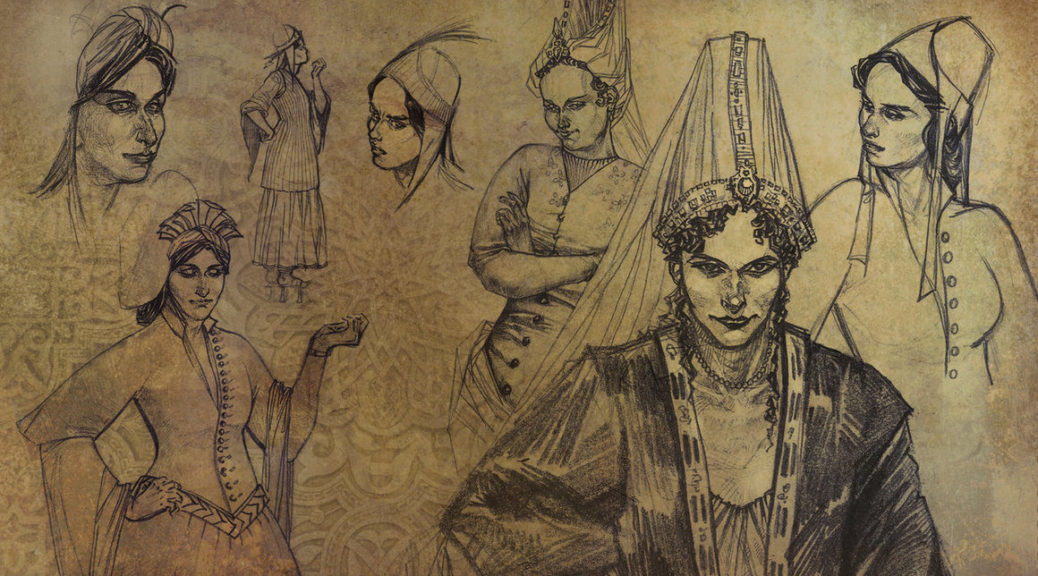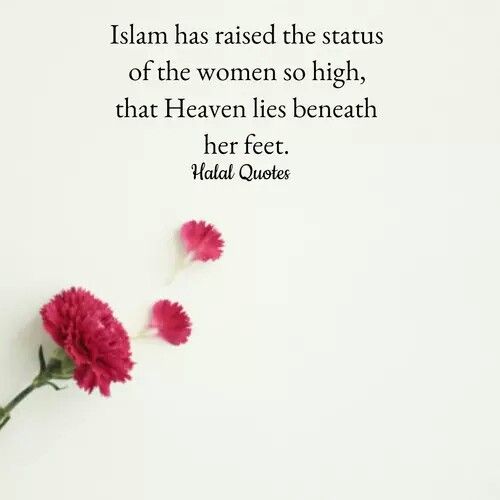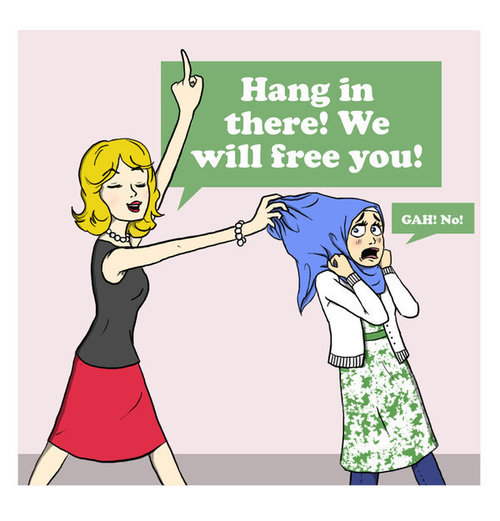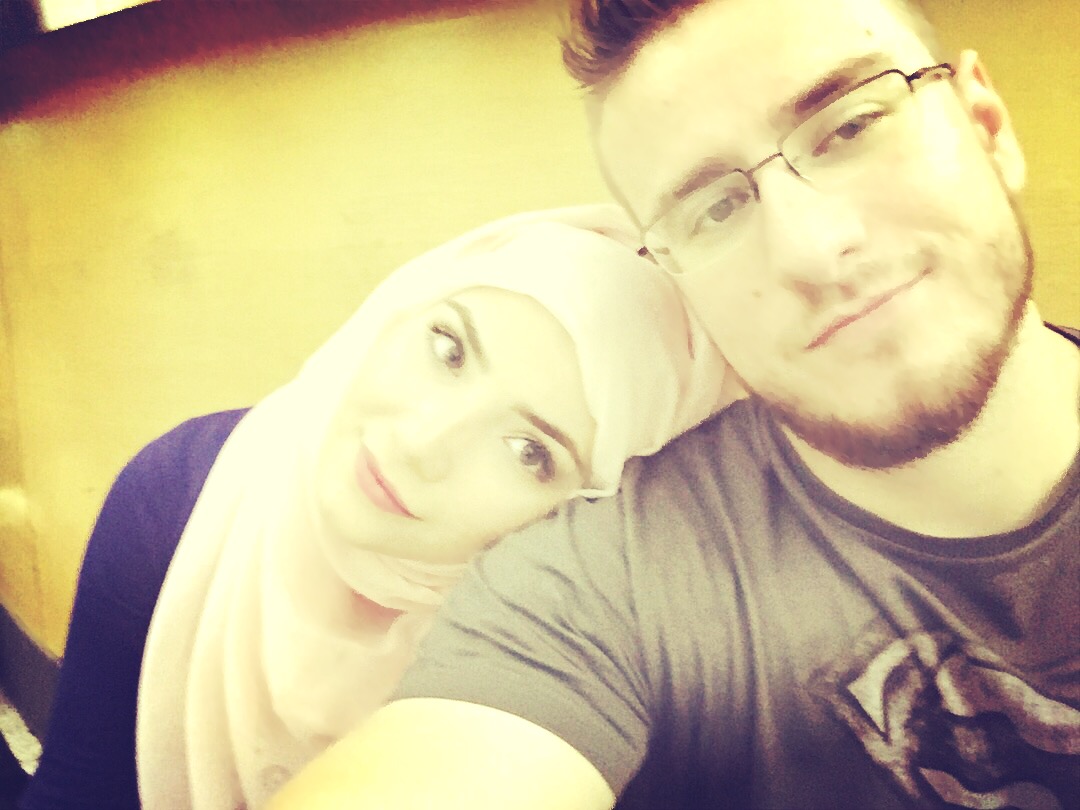As we continue the discussion regarding women and Islam, it would be wise to look at Muslim women in time periods beyond that of the life of the Prophet. Throughout history there have been several dynasties and kingdoms that have come and gone as civilizations do, but the Ottoman Empire sticks out as one of the largest and longest-lasting empires of all time. Indeed, the Ottoman Empire stretched from north-western Africa (modern day Algeria) all the way to the Red Sea, up into the Levant and Mesopotamia and to the top of the Balkan peninsula. The areas controlled by the Ottoman Sultans would eventually come to shape the layout of the modern Middle East as we know it today following the end of World War I. Within this large swath of land, the Ottomans ruled over various types of religious believers and ethnicities. The rules that governed the interactions among and between individuals were dictated by their religious communities and respected by the Ottoman’s laws (which were most informed by Islamic law). When we take a closer look at women living under Ottoman law at this time, what we see is a very different picture than that of women in other parts of Europe.
As with all societies, the role of men and women are constantly being negotiated and renegotiated. This was no different during Ottoman times. There is an increasing amount of research written about women in the Ottoman Empire, particularly their role in society, and how that view has been shaped primarily by Western travelers influenced by orientalism. Interestingly, however, that some Westerners have viewed women in the Ottoman times as fairly free. “This is further confirmed in the early 18th century letters of Lady Mary Wortley-Montague, in which she exclaims that nowhere else are women as free as they are in the Ottoman Empire.”
Research on Muslim women in the Ottoman Empire have revealed much. What we see are two levels of society, both defined in their own right by the power of the women in her particular sphere of influence.“Leslie Pearce argues…that women were allowed access to the public world in such instances as attending mosques for purposes of religious teachings, and that some religious leaders did approve of this type of female public appearance.” And as with most societies, Muslim women’s activities and roles varied between the upper and lower classes. For upper-class women, a sense of segregation unfortunately resulted in the Western misinterpretation of the term “harem,” which comes from the Arabic world “haram,” or forbidden. While the stereotype sees these women as powerless sexual objects, in reality, they held much influence over the wealthier men, such as the Sultan and his associates. Research even suggests that these women were the driving forces behind the development of charitable organizations and political decisions. This influence was enshrined in the position of the valide sultan (the “mother of the sultan”). Probably one of the most famous of the valide sultans was Hafsa Sultan, the mother of Suleiman the Magnificent. There are reports as well that lower-class women also developed their own charitable organizations (or, “awqaf” in Arabic). These women were able to use their personal influence via ties to wealthier subjects in society (read: men) to make their personal initiatives come to life. For lower-class women in Ottoman society, there was a sense of mobility and autonomy in public that was very different than that of more wealthy women. Many women were landholders, tax farmers, and other professions. Depending on the location that they lived within the empire, they may have been craftswomen or involved in textiles as well.
As mentioned above, Ottoman law takes into account Islamic law. In the case of inheritance, women were able to inherit land and other property. This is generally permitted in Islamic jurisprudence. In attempts to degrade the religion, critics often point to the fact that women usually only get half as much inheritance as men, but then again, there are no provisions for women to use their inheritance to support a family. Women can use it as they see fit. While arranged marriages were common practice at this time in the Ottoman Empire, women had the right to refuse a proposal. Divorce was also common and accepted and, interestingly as one scholar notes, “For non-Muslim Ottoman women whose traditions did not normally permit divorce, conversion to Islam was a common way to be liberated from an unwanted spouse.”
This last piece is very telling. How can we compare Muslim women in the Ottoman Empire to other women at this time period? In the United States up until the twentieth century, women could not easily own property unless they were unmarried. “When women married, as the vast majority did, they still had legal rights but no longer had autonomy. Instead, they found themselves in positions of almost total dependency on their husbands which the law called coverture.” This law essentially put all legal dealings for property into the hands of the man in the relationship, which was also the practice in several European countries at this time. Divorce and women working outside the home was also less common than in the Ottoman Empire at this time in Europe and the United States for reasons relating to social and religious interpretations of a woman’s place in society.
It is interesting to note the juxtaposition between Ottoman society and Western societies. While the Ottoman Empire eventually fell and gave rise to various Middle Eastern countries as we know them today, their interpretations of Islamic law varies and depends on the local context for interpretations of what it means to be a Muslim woman at that time. For Ottomans, it was women’s personal right to have access to their rightly-owned property, ability to refuse marriage if they wanted, and also to own work various crafts. This is of course different than what the more wealthy women experienced, and different still than women around the world at that time. The key is that we are able to identify examples throughout history where women were empowered due to real implementation of religious laws during the negotiations that were taking place in society at that time.
Tag Archives: Arab
Marriage, Divorce, and Women’s Rights in Islam
As we continue our discussion of women’s rights in Islam, it is important for us to pay attention to context and history in order to understand the way women’s rights were understood during the time of the Prophet. By doing this, the role of women in the religion will make more sense in modern times. Generally, this is how religious scholars and academics study religion because, while the information and practice should be applied in any time period, the context in which the different practices and principles came about developed out of a need for the community of believers at the time. If the principle is taken out of context and applied in modern times without concern for its original application, the soul and true intention is lost. Sometimes we can see this in predominantly Muslim societies of the Middle East and South Central and Eastern Asia wherein women’s rights are sometimes sidelined or the religious interpretation is out of the sync with Quranic principles. Unfortunately, this perpetuates the stereotype that women are treated as second-class citizens in Islam. In order to address this problem and create important distinctions, comparing and contrasting using the original sources such as the Quran will allow readers to understand women’s rights as they were initially intended within the religion. The best way to begin this discussion is by comparing particular topics regarding women within pre-Islamic Arabian society as well as after Islam was revealed to the Prophet. For this blog post, we will explore the topics of marriage and divorce and women’s rights and responsibilities.
Before Islam was revealed to the Prophet and his community, a women’s position in the society of the Arabian peninsula was much different. Due to the tribal basis of Arabian society at this time as well as the traditional patrilineal custom of inheritance, men’s rights and desires almost always trumped those of women. Infanticide was common for female babies and in general, women were considered a burden on the family. The pride of the family and weight of responsibility lay with the males. This led to men marrying as many women as they chose, a lack of inheritance for women, and no choice for women whether or not to marry or divorce. Women’s status in pre-Islamic society is often described as harsh and lacking in very basic rights unless the woman was of high-status and from a well-respected family within the tribe. Women were usually referred to as a type of property and an item with which to use in trade and financial transactions. Indeed, a woman’s worth was seemingly not acknowledged, particularly in relation to a man’s value.
When the Quran was revealed to the Prophet and he recited the verses to his community, it became clear that Islam had a particular focus on improving the status of women and that this issue was something of concern for the Prophet. “In Islamic marriage, a legal contract is the basis of the union, with the rights and duties plainly laid out and mutually agreed upon by both parties.” There are many sayings and stories about the Prophet concerning women’s rights and attitudes toward women in general. His relationship with his first wife Khadijah was seen as a model for the relationship between husbands and wives. As the Quran was revealed, several verses discussed women’s rights and their choices when it came to marriage. For example, in Surat Al-Rum 21, God makes it explicit that He created humanity as man and woman and they were intended to be together and provide tranquility and affection. In Surat Al-Nisaa 1, we find: “O mankind, fear your Lord, who created you from one soul and created from it its mate and dispersed from both of them many men and women. And fear Allah, through whom you ask one another, and the wombs. Indeed Allah is ever, over you, an Observer.” In essence, admitting that men and women were created from one was radical–especially to even compare women with men, the previously exalted figure of seventh-century society. There are other verses of the Quran reiterating this idea about the special relationship between men and women in marriage which reflects the importance of marriage in Islam. These verses and others mention how men and women should respect each other in marriage, no doubt reflecting the idea that stability in the marriage relationship leads to the foundation of strong societies.
In those instances, where marriage does not work out, women do have options. There are various verses in the Quran dealing with divorce. They deal with topics such as parting on good terms, appointing a mediator, allowing for remarriage, providing support to divorced women, and allowing for reconciliation if they change their minds on divorce after the fact. These verses explicitly lay out women’s rights and responsibilities when she requests a divorce and the assistance she receives when this procedure takes place. In pre-Islamic societies, such a notion of supporting a woman after divorce occurs was unheard of. Indeed, divorced and widowed women were unsupported and considered a societal burden. By creating a basis by which women could obtain a divorce and be supported afterwards, the society begins to institute the normalization of women requesting the same rights that men ask for and that allow women to maintain a normal role in society instead of divorce leading to her shame in society.
As discussed, the rights of women concerning marriage and divorce are fairly explicit and further guidance can be taken from the Hadith of the Prophet himself. Much of the stereotypes about women’s rights in Islam often come from news clippings and scattered media coverage of sensationalist and unfortunately occurrences happening in the Muslim world. As Frederick Matthewson Denny suggests,
“As was suggested above, the original teachings of Islam, as contained in the Quranic revelation, may be seen to be quite liberating to women, whereas the subsequent history of the Umma saw the triumph of absolute male domination, not only of the institutions of Islamic civilization but also of the sources principles, and procedures of its discourse.”
The institutions and practice of the religion that has developed in Muslim-majority countries and societies may not reflect the aforementioned understanding of marriage and divorce when it comes to men and women, but this debate and discussion must be had by Muslims themselves since.
Muslim Women’s Rights and Western Intervention
Around 1,420 years ago a man in his twenties named Muhammad lived in Mecca located in the Arabian Peninsula–which is now considered part of Saudi Arabia–was known among his tribe as being honest and genuine. This excellent reputation afforded him many opportunities to take handle business for other people who were unable to travel for trade. One of the wealthiest business owners in Mecca was a woman named Khadijah. She had heard that Muhammad was trustworthy and believed that he could take her merchandise to Syria for trade. Muhammad was successful in his trade mission for Khadijah, and over time she saw him as a respectful man who could make a good husband. Khadijah proposed marriage through her friend Nufaysah, and when they did marry, their relationship was full of love and respect. Khadijah supported Muhammad when he began receiving revelations, and in fact was among the first believers in Islam. This relationship has had a great impact on how women in Islam have shaped their interaction with the religion and its practice. Unfortunately, stories of this relationship are not well-known among non-Muslims. In fact, women’s rights and efforts to improve them are not very well known out of the Middle East.
The various efforts being made today on the part of Western countries and international organizations sometimes feels tone deaf to Muslim communities both within and outside of the Muslim-majority countries (aka. Muslim world). This is primarily for two reasons. First, Muslims know that women’s rights are held in high regard in Islam, as evidenced by Quranic principles and various parts of the Hadith (or, the sayings and actions of the Prophet Muhammad). Second, there is a feeling among Muslims that when Westerners attempt to discuss topics such as women’s rights, they are imposing their own understanding of what that should look like in a society which, in some cases, may not even be completely practiced in Western countries. This complex topic often brings out the Orientalist stereotypes most commonly discussed about the treatment of women in Islam which has been informed by centuries of tense relations between the Middle East and the West.
The discussion of the role of women in Islam has been a topic of conversation in the West since the first trade merchants of the region made their way into Muslim lands. The way these merchants wrote about their interactions with women–or a lack thereof–reflects a larger perception about life in Islamic cities. This has affected the very same stereotypes many people still hold today. We can see these stereotypes played out most recently in the discussion of the French banning of the Burkini. The general discussion around this topic is similar to that of the Hijab. On one hand, the media discusses whether or not the wearing of a Burkini has been forced by men or whether it’s very appearance in public implies extremism. On the other hand, Western feminists find themselves in conversation with Muslim women about whether or not modern perceptions of feminism even permits women to choose the Burkini. Women’s rights in general, regardless of the society and religion in which they are discussed, are incredibly sensitive.
One way of understanding this is by framing our perception of women’s rights in terms of a woman’s body and society. The morality of a society is played out over the role of women; the ways in which women choose to act is often a topic of conversation in societies because her actions are very much tied to perceptions about society’s morality and whether or not the society as a whole is in decline. This is one of the reasons that Western countries discuss this topic at length when it comes to Muslim women. It is part of a perception that Western societies are superior or that their ways of developing women’s rights are more modern.
The main issue here is that these conversations are already happening inside of Muslim countries and they have been for many years. There are countless NGOs and initiatives in Muslim countries dedicated to promoting women’s rights and helping women to overcome challenges that they face in their societies. Muslim-majority countries indeed have many issues, ranging from unemployment to access to quality health care. These issues–just like women’s issues–are part of larger conversations taking place in society. The fact that Western feminists are not aware of these initiatives is not surprising, since there is very little awareness of social issues that Muslims face daily. It can be frustrating for Muslims to hear Westerners discuss human rights issues in relation to Islam because they often misunderstand or misinterpret the meanings of a variety of Quranic verses or other religious literature. By taking verses out of context, the Western critic finds ways to demean the religion and its believer. Blaming religion for a society’s problems is a common tactic in secular societies. However, it is not a new or even religious phenomenon to regulate women’s dress–this has been happening a long time.
Many books and articles have been written about women’s rights in Islam–from the point of view of Muslims and from outsiders’ perspectives. The fascination with symbols of women’s oppression in Muslim countries such as the Hijab really only creates more of a division between Muslims and Westerners since Muslims believe that those living in Europe and the U.S. take these symbols out of context and make no effort to understand. Much of this has to do with the perception that the Middle East is a monolith, having no distinction between individuals (despite the fact that the region is religiously, ethnically, and linguistically diverse). By grouping all differences into a single classification, Westerners can lose the often important pieces of understanding the Middle East. Conversations about women’s rights must include the opinions of Muslim women who are already involved in such efforts in their societies. Without their valuable opinions, more constructive collaboration cannot occur.
Sources:
Lings, Martin. Muhammad: His Life Based on the Earliest Sources. New York: Inner Traditions International, 1983.
Rubin, Alissa. “From Bikinis to Burkinis, Regulating What Women Wear.” The New York Times. N.p., 27 Aug. 2016.
Ibid
Why Italy wasn’t exactly my favorite.
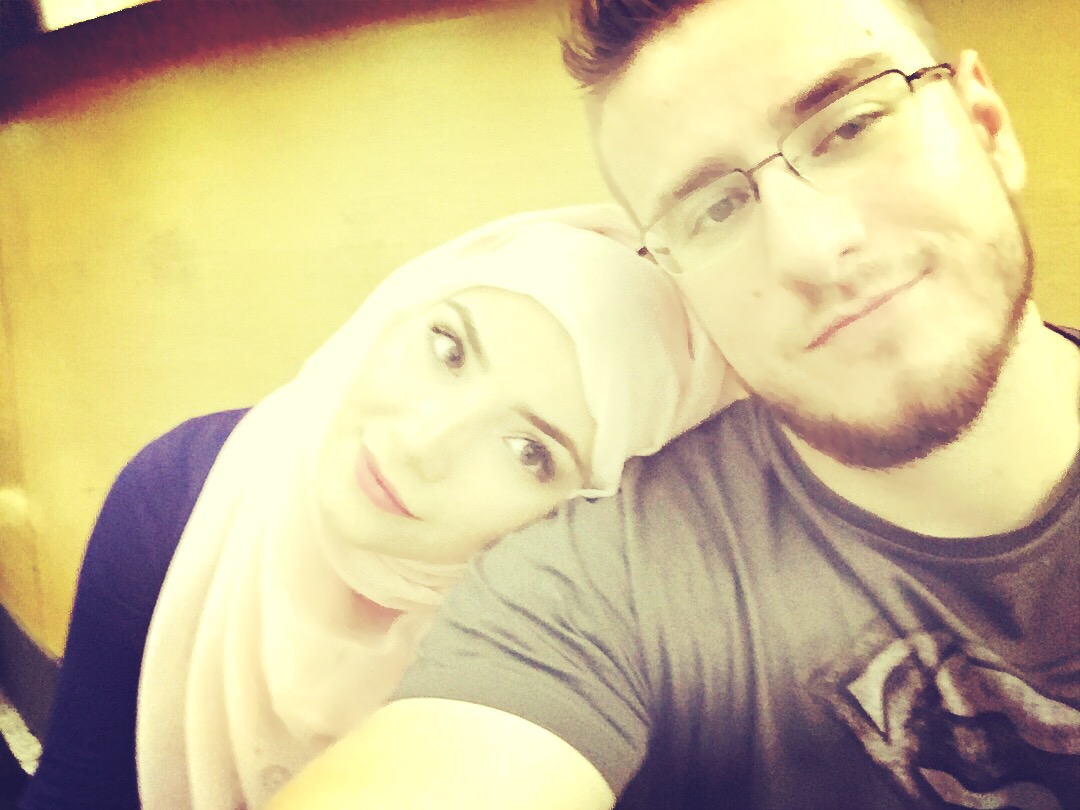
After having everything planned and our week in Italy laid out, we arrived in Milan excited and anxious to get our incredible trip underway.
We had planned to hire a car and do a mini tour of Italy hitting up spots such as Florence, Lake Como and Venice. We have booked it online through Carrentals.com . After passing customs we headed to the car hire desk to collect our wheels for the week.
The lady behind the desk checked our details and asked us for our credit card to pay the balance remaining on the hire. This is where the trouble began.
Credit card? We don’t have a credit card! We explained that we only had a debit card or cash, but apparently, neither would be accepted.
Even though their website clearly stated that the use of a debit card would be accepted with a 1,700 euro hold on the card which would be released upon returning the vehicle. After pointing this out, she still refused.
We remembered that my brother had a credit card, but again, unless it was here with us, it wasn’t allowed. Great.
We approached every other car hire company at the arrivals terminal, each and everyone turning us away when they learnt we didn’t have a credit card. Tears started to fill my eyes through complete despair and frustration. I couldn’t believe there was only ONE way you could rent a car. There are no other options!
Everything was booked. The hotels. The tours. Our whole trip was about to get flushed away over a piece of plastic.
We had a 3 hour tour booked in Milan for 3pm which had to be cancelled. Where would we leave our luggage while we were on the tour? We had done zero research on these things as we didn’t expect not to have a car.
Our hotel was booked for that night in Verona, two hours away from Milan. In hindsight we could have left our luggage at the train station, but at the time it didn’t cross our mind.
We headed straight to Verona and started researching public transport options. We only had a week and we had an itinerary full of activities.
That evening, feeling totally down and out about the car hire mess we grabbed some pizza at the Arena. Our waiter approached us and asked if we spoke Arabic to which we obviously replied, yes. After chatting for a little while I turned to my husband and proposed the idea that we could ask the waiter whether he knew anywhere or anyone we could rent a car from.
The waiter told us that he had a friend who may be able to help us out and he would get back to us later that night. Surprisingly, he did indeed get back to us and told us his friend could rent out his car for the week.
Amazing! Finally, we can get on with our trip! We arranged to meet his friend at the restaurant the following night.
As promised, his friend did indeed have a car he could let us hire but after my husband expected it, he quickly realized the tires were not safe enough to go long distances.
Our mystery man said he would get them fixed by tomorrow 12pm and that was that.
The following day we packed up our belongings and checked out of the hotel. We had plans to head to Venice that day which was only an hour 20min from Verona. This is when problem number 2 popped up. The guy was unreachable. We sent him messages. Tried to contact the waiter. Nothing. It is like they just vanished off the face of the earth.
Public transportation would have taken 4 hours to get to Venice and we really didn’t want to waste half a day so again, it had to be cancelled. Venice stinks and I suffer from motion sickness, I told myself.
Feeling defeated yet again, we called our hotel in Verona and asked if we could extend for another night. After all this bad luck we should have really expected the following response. “Sorry, we are fully booked”
Really? Really!?
After some searching, we found another hotel to take us in.
Following Venice we had plans to head to Tuscany, that too, had to be cancelled.
Up till now, absolutely nothing had gone right on this trip. We had seen nothing we had planned to see. It was just one obstacle after another. We had one more trip paid for. A hike up Mont Blanc. This has to work out. It just had to!
We took the bus from Verona to Turin and after spending the night we met up with our guide and left our luggage at their house. The hike would involve sleeping out in the mountains for the night and she reassured us that our belonging would be safe.
The hike was incredible! Finally something good had happened! After hiking for 5 hours we still had 2 hours to reach the lake, then another hour to arrive at our accommodations for the night. We were exhausted. The cold was intolerable and made every movement slow.
Our guide then turned and informed us that the hut we would be staying in was not at all equipped with heating or even bathrooms! No chance. The cold was too much. My only savor would have been a nice warm and cozy hut where I could have a warm shower and sleep. Our bodies couldn’t deal with sub-zero temperatures, we are from Dubai, 50 degrees we can handle, not minus 10!
We skipped the sleepover and headed back down the mountain. After trekking for a further 4 hours back down, we stayed in a wooden house in the mountainsides. It was absolutely stunning. Modern with hints of vintage chic! Finally!
Easily the best two days in Italy!
The bus took us back to Milan and after leaving our luggage at the airport we went and explored Milan for the day, it was amazing. After all that had happened, at least we managed to have a couple of good days without being rejected, ditched and/or abandoned!
All trip details coming up in my next blog. Stay tuned.
Earn Money On The Go With ‘Task Spotting’
 Earning money through the internet has grown to a very popular extent, which forced a lot of people on leaving their jobs and stay at the convenience of their homes making a very handsome amount of money on the internet. Freelancing is a new concept for several people and it is even useful for the people who intend to have some extra cash while still being affiliated with an organization on a full-time basis.
Earning money through the internet has grown to a very popular extent, which forced a lot of people on leaving their jobs and stay at the convenience of their homes making a very handsome amount of money on the internet. Freelancing is a new concept for several people and it is even useful for the people who intend to have some extra cash while still being affiliated with an organization on a full-time basis.
However, there are some clause that keep several people from jumping into freelancing. Firstly, you need a Desktop or a Laptop computer, which in several cases people dislike carrying around since everything can be dealt with using the smartphone. Secondly, you need expertise in a certain field, for example, you would either have to be a writer, a programmer, virtual assistant etc. If these two points have been keeping you from making extra cash, then you have landed yourself into the right place. Thanks to technology and some genius people who invented the concept of “Task Spotting”.
How to become a Task Spotter?
Task spotting is a concept that marked its origin from the UAE, the basic idea behind task spotting is that you just simply have to download an application that is available on both the major app stores, namely, the Apple Store and Google Play. After downloading and installing the application on your smartphone, you will be required to complete your profile by entering your date of birth and some very common information about yourself, that is, you have just stepped into the arena for Task Spotting.
How does Task Spotting Work?
After building up your profile on the application you would be required to input your location, you can either pick missions/tasks from your current location or you can choose between the missions that are irrespective of the location. The tasks are very simple and they can be easily completed, without the use of any technical knowledge or skills, which qualifies any person who has a smartphone and can use the application, no prior experience is required for making money using Task Spotting.
If you are lazy enough to pick a mission every time you travel around the country, you have still got a solution, the application on your smartphone is smart enough to check your current location and allow you to set a radius around your current location in which it can sniff missions within that radius. So basically, whenever there is a new task within the preset radius, you will be automatically informed through a notification on your smartphone.
How will you get Paid?
With task spotting, you are never limited with choices. The application allows you to link your PayPal account with the application and you can transfer your funds to your PayPal account with the help of a touch. However, you are not just limited to your PayPal account, you can also get paid in hard cash by visiting one of the 130 payout points across the UAE. Task Spotting also lets you donate your money to the charity that you are supporting, and that is too directly done from your smartphone application.
~ Sondos Shapsogh
